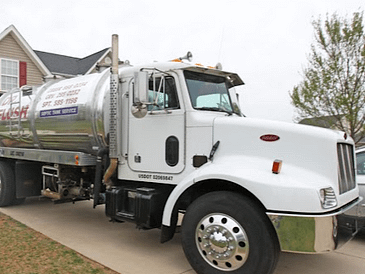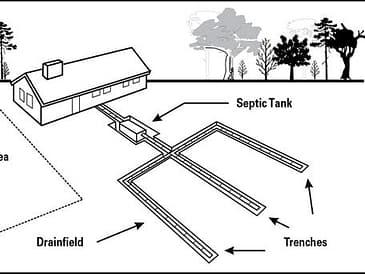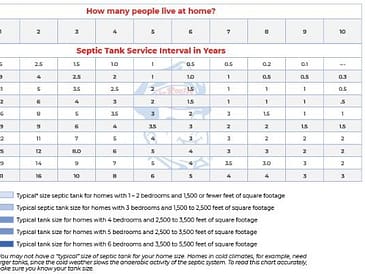Introduction
When it comes to septic systems, we often focus on the tank itself, the drain field, and regular maintenance. But there’s a crucial player in this underground orchestra that deserves our attention: the septic tank inlet baffle. These unassuming components play a vital role in ensuring the smooth operation and longevity of your septic system. In this comprehensive guide, we’ll explore what inlet baffles are, how they work, and why they are essential for every homeowner with a septic system.
What Are Septic Tank Inlet Baffles?
Imagine your septic tank as a giant digestive system for your home. It receives all the wastewater from your sinks, toilets, and showers. But without proper management, chaos would ensue. That’s where inlet baffles come into play. Here’s what you need to know:
- Inlet Baffle Functionality:
- Your septic tank has two baffles: one at the inlet side (where wastewater enters the tank) and another at the outlet side (where treated water exits into the drain field).
- The inlet baffle directs the flow of water downward, preventing it from exiting the tank too quickly. This deliberate slowdown allows more time for waste separation.
- By giving solids a longer time to settle, the inlet baffle ensures that the scum layer (floating debris) remains undisturbed.
- Why Do We Need Inlet Baffles?
- Solids Separation: When wastewater enters the tank, it contains a mix of liquids, solids, and scum. The inlet baffle’s job is to guide the flow to the tank’s bottom, allowing solids to settle. This separation process is crucial for the overall effectiveness of your septic system.
- Protecting the Drain Field: The outlet baffle prevents solids from escaping the tank and flowing into the drain field or leach lines. If solids reach the drain field, it can lead to clogs, reduced absorption, and costly repairs.
- Longevity: A well-maintained inlet baffle prolongs the life of your drain field. Considering the expense of drain field repairs or replacements, this small component becomes a significant investment in your system’s longevity.
Maintenance Matters
Now that we understand the importance of inlet baffles, let’s talk maintenance:
- Regular Inspection:
- During septic tank pumping or servicing, inspect the baffles. Look for signs of damage, deterioration, or blockage.
- In newer systems, baffles are often made of durable PVC. However, older homes may have concrete baffles that degrade over time.
- Concrete vs. PVC:
- Concrete baffles tend to deteriorate after years of use. Cracks, erosion, and wear reduce their effectiveness.
- If your system has concrete baffles, consider replacing them promptly. Neglecting this could lead to costly drain field issues.
- The Silent Culprit:
- Don’t fall for the misconception that a problem-free septic tank doesn’t need pumping. Even if you’re not experiencing issues, deteriorated baffles can silently allow waste to flow into the drain field.
- Regular service (at least every 3-5 years) ensures that your baffles remain functional and your system operates optimally.
Conclusion
Next time you flush the toilet or wash dishes, spare a thought for those unsung heroes—the septic tank inlet baffles. They quietly guide wastewater, prevent chaos, and protect your drain field. So, raise a metaphorical glass to these unassuming components—they’re the guardians of your septic system’s health! 🌿🚽🔧
Remember, proper maintenance ensures that your baffles continue to serve faithfully, keeping your septic system running smoothly for years to come.





